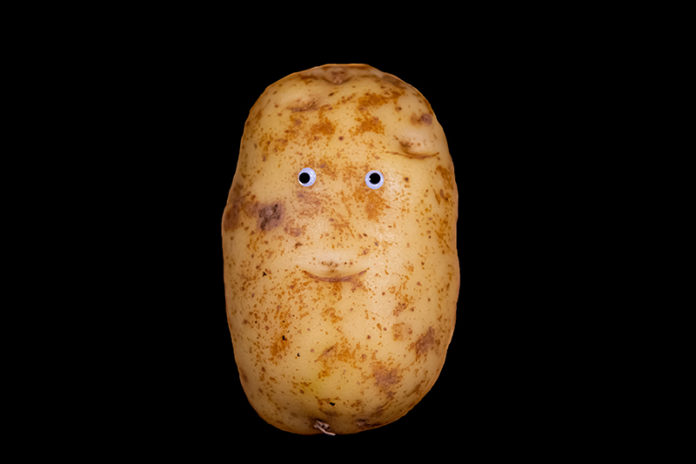Although there are already hundreds of different types of potatoes in the United States, the government wants additional varieties and is spending $2.5 million to develop more kinds. It appears to be a concocted potato emergency and American taxpayers will come to the rescue by funding an essential Potato Research Program. The goal, according to the federal agency doling out the cash, the U.S. Department of Agriculture (USDA), is to establish new potato varieties with a high value to the nation’s commercial potato industry. It will be accomplished through a process known as varietal development and testing research that uses conventional breeding and/or biotechnological genetics to develop improved potato varieties, according to the grant announcement.
“The Potato Research program will fund two-year projects that have great potential for developing and releasing new potato varieties with a high value to the commercial U.S. potato industry,” the USDA grant document states. “The Potato Research program encourages applicants to establish and work through regional, multi-location, research breeding networks to address priority national or regional science needs of the potato industry. By bringing together expertise across multiple university, federal agency, and industry organizations and states, the Potato Research program seeks to enhance the effectiveness of limited state, federal, and industry resources and accelerate the development of superior varieties that produce benefits to the potato industry.” Creating “superior varieties” of potatoes may not sound like a pressing issue deserving of government funding, especially in the middle of a health pandemic.
The government is clearly catering to the potato business. Outcomes important to the industry are identified by the USDA as: Developing superior performing varieties with resistance to established pests and diseases that include potato virus Y, damaging nematodes, storage rot diseases, powdery scab and white mold that limits profitability; creating a variety with a decreased demand for irrigation and fertilizer; identifying desirable yield, storability, consumer, and other value-added quality traits for use in new varieties and developing high throughput methods for rapidly selecting traits, specifically for new superior-performing varieties targeted for specific markets. “The goals of this program imply that successful proposals will be associated with practicing, variety-releasing breeding programs,” according to the USDA. Grant recipients must have at least one letter of support from industry partners to “verify industry relevance.”
There are already more than 200 varieties of potatoes in the United States, according to Potatoes U.S.A., the nation’s potato marketing and research organization. All of them belong to one of seven categories that include white, yellow, russet, blue/purple, red, petite and fingerling. Russet, large with brown skin and white flesh, is reportedly the most widely used potato in the U.S. The Potato Association of America offers interesting data, including varieties available by state and links to an Ivy League university’s potato cultural guide as well as assortments available internationally. Potato research is a serious business handsomely funded by American taxpayers. A multitude of public universities have programs dedicated to the starchy vegetable, such as Michigan State University’s Potato Outreach Program and the University of Idaho’s Potatoes, a “program of distinction” within the school’s College of Agricultural and Life Sciences. Oregon State University has a potato breeding program and Colorado State University has an acclaimed potato research center in the San Luis Valley. The list goes on and the money keeps flowing.






























